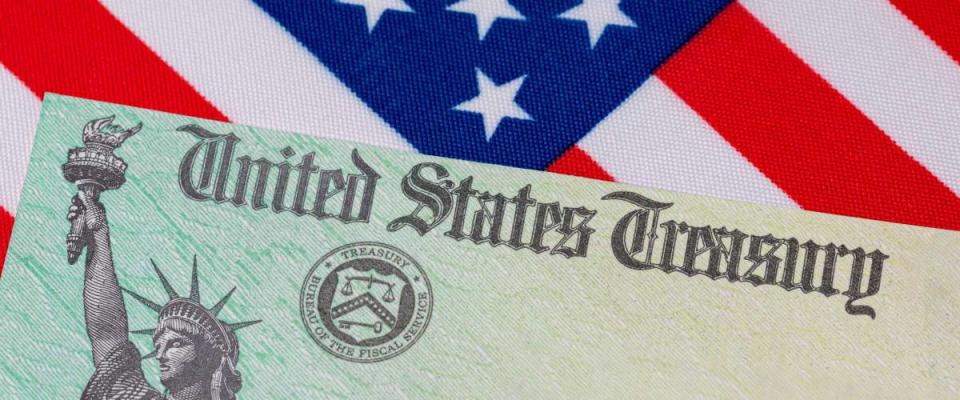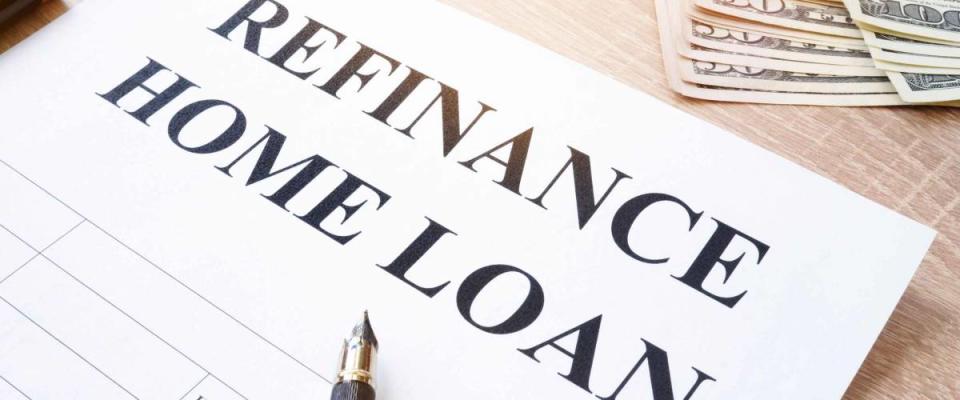Biden's $10 billion in mortgage aid is on the way — here's how you qualify

Though there are signs the coronavirus cloud over the U.S. economy is lifting, millions are still facing serious financial strains from the pandemic, including the risk that they'll lose the roofs over their heads.
To help, President Joe Biden's COVID rescue package set aside billions of dollars for states to distribute to homeowners struggling to make their mortgage payments and keep up with other housing costs.
States that applied for the money are getting ready to pass it out. If you’re having trouble paying your mortgage, and your debt is piling up, you may be eligible for some of the relief.
How to qualify for the aid

The $1.9 trillion pandemic relief bill Biden signed in March— the measure featuring the recent stimulus checks of up to $1,400 — also provided nearly $10 billion of direct financial assistance to help homeowners pay not only their mortgages but also taxes, utilities, insurance and homeowners association dues.
The housing aid — formally called the Homeowners Assistance Fund — is being doled out to states based on a formula that takes into account numbers of unemployed residents, late mortgage payments and foreclosures, according to the National Council of State Housing Agencies.
You can receive money if you own your home and have a loan balance that doesn't exceed a threshold set by Fannie Mae and Freddie Mac, the government-sponsored mortgage giants that buy or guarantee most U.S. home loans. The 2021 loan limit in most parts of the U.S. is $548,250.
The assistance will be distributed to cash-strapped borrowers through state housing agencies. At least 60% of the state grants must go to homeowners with incomes that don't exceed either the local median income or the national median income, whichever is higher.
States gear up to pay out the cash

The funds will be released to states by the U.S. Treasury Department and must be used by Sept. 30, 2025. The deadline for states to request a piece of the $10 billion was April 25, and it's not clear how many of them decided to take advantage of the program.
Some states that did request money are moving forward with plans to pay it out to homeowners. Illinois Governor J.B. Pritzker said this week that his state would provide $400 million in mortgage assistance for its residents.
The plan was tucked into a broader announcement that Illinois residents can now apply for as much as $25,000 in rental assistance.
Meanwhile, homeowners with federally backed loans have been able to pause their payments for as long as 18 months through the government’s forbearance program. And, Biden has extended a federal ban on foreclosures through June.
In another effort to help, the Consumer Financial Protection Bureau last month proposed a set of rule changes aimed at preventing avoidable foreclosures when the federal protections expire.
Can't qualify? Try refinancing instead

If you're overwhelmed by housing expenses, but your income or loan balance are too high for pandemic mortgage relief, you have another possible remedy.
It's an excellent time to refinance your mortgage, if you haven't already done that.
At today’s mortgage rates — which recently inched up but remain historically low — the mortgage technology and data provider Black Knight has said some 13 million homeowners are in a good position to refinance and save an average $283 a month.
According to Black Knight, the best refi candidates are 30-year mortgage holders who can shave at least three-quarters of a percentage point (0.75) off their current mortgage rate. They should also have at least 20% equity built up in their homes and have credit scores of at least 720.
If you haven’t seen your score in a while, it’s easy to get a look at your credit score for free.
Other financial hacks for homeowners

When housing expenses are piling up and squeezing your budget, there are a few other methods to give yourself some financial breathing room.
If you’ve been using credit cards for most of your purchases during the pandemic and are watching the interest charges escalate, you could replace those pricey balances with a single debt consolidation loan at lower interest.
Or try reducing your homeowners insurance premiums by shopping around for a better deal when your policy comes up for renewal. The same comparison shopping approach works well if you want to pay less for car insurance.
Finally, the red-hot stock market might help you generate a little extra cash for your mortgage payments. Seriously — it doesn't take much money. A popular app lets you earn returns merely by investing your "spare change" from everyday purchases.

 Yahoo Sport
Yahoo Sport 





































